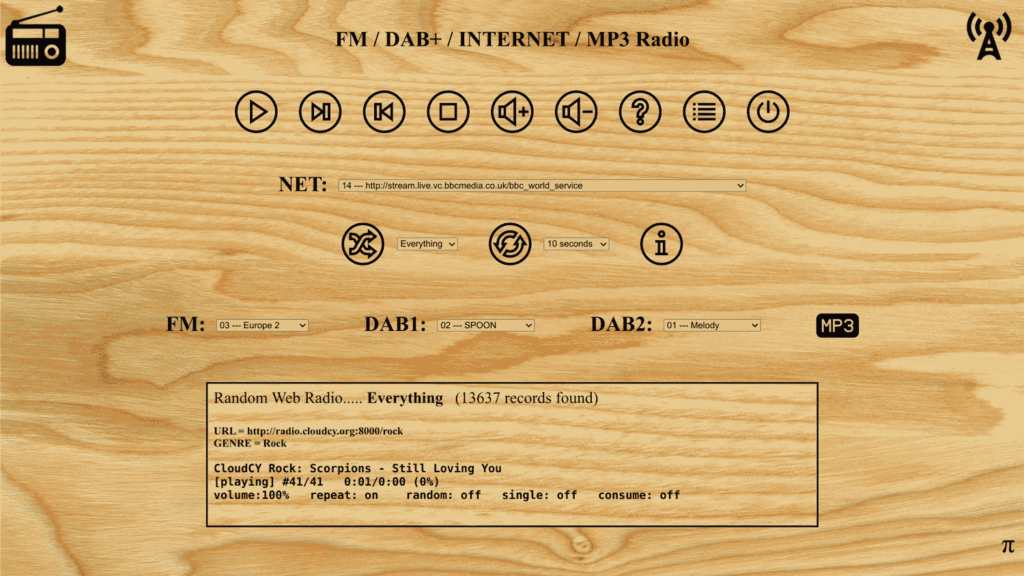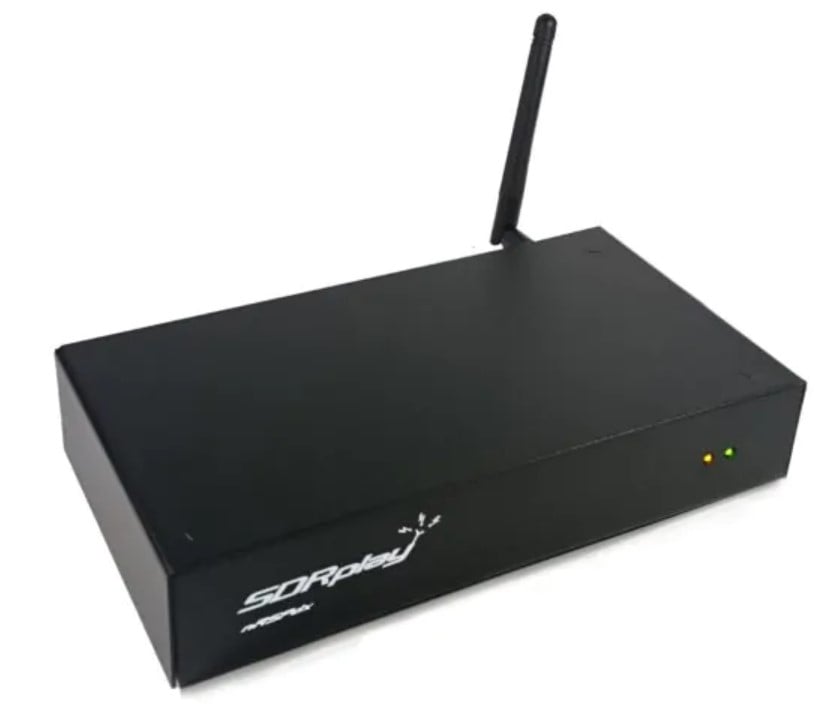hackrf_sweeper: A Reimplementation of hackrf_sweep as a Library
Information security company Subreption recently wrote in and wanted to share their recently released 'hackrf_sweeper' library. This library is based on the official hackrf_sweep code, which enabled HackRF SDR devices to sweep across a wide frequency range and rapidly build up a wideband spectral plot. They write:
This is a refactoring or reimplementation of
hackrf_sweepas a library, providing a carefully chosen API to leverage the HackRF sweeping capabilities in a reusable, low-frustration fashion. The library provides support for user-supplied callbacks to process raw transfer buffers or the already calculated FFT bins, including a bypass mode to allow for entirely off-loading the data processing to the caller. It also implements a rudimentary opaque mutex (locking) state for multi-thread applications.A demo application is a re-implementation of the original
hackrf_sweeptool as a CURVE-encrypted publisher sendingmsgpackframes to any receivers subscribed to it. A companion demo application is included in the form of a Python program that processes these frames and generates a real-time plot of the RF spectrum, the last peak detections and the absolute peaks -maximum observed-.Past projects attempting to provide similar capabilities include hackrf-spectrum-analyzer (https://github.com/pavsa/hackrf-spectrum-analyzer).
hackrf_sweeperprovides continuous sweeping support instead of one-shot sweeps, besides the aforementioned improvements.
The team also notes that they are soon planning on releasing a GNU Radio block that leverages the library.




